7 Emergency Codes Used By Cabin Crew
Apr 06, 2019 • 878 views

To most people, the sky is the limit to those who love aviation, it's their home.
Air Cabin Crew members provide excellent customer service to passengers while ensuring their comfort and safety throughout the flight. The Crew is trained to deal with security and emergency situations which may arise and can conduct first aid to passengers.
The job of a Flight Attendant includes maintaining the convenience of passengers and makes their journey optimum.
In a flight, there is a chain of duties managed by aviation staff.
A flight consists of:
1. CAPTAIN.
2. FIRST OFFICER.
3. CABIN MANAGER.
4. FLIGHT ATTENDANT.
The overall responsibility for the safe handling of an aircraft and the safety of its passengers lies with the Captain, but you as operating crew are responsible to the Captain in being capable through your flight attendant training to be able to fulfil your safety responsibilities.
Cabin Crew training includes learning codes and catchwords which are applied by them and other staff during emergency situations.
These codes kept secret from the passengers as to avoid critical circumstances.
Here are the 7 emergency codes used by Cabin Crew:
1. Code 7500.
It is used to alert air traffic control that an aircraft is being hijacked, a Pilot should squawk seven five zero-zero by radio communication. It is also known as the hijack code because it is used in that situation.

2. Code 7600.
Loss of radio communication with air traffic control can lead to an emergency situation. This code is used to denote the lack of signal.
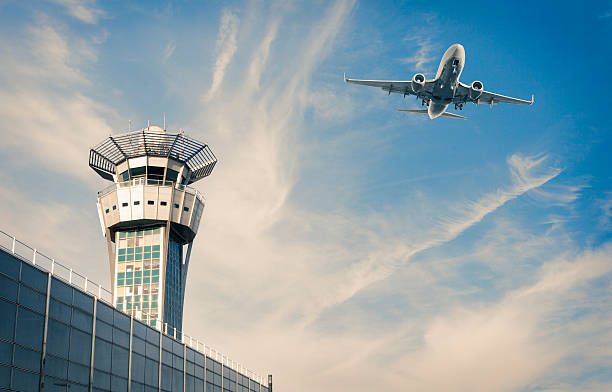
3. Code 7700.
Code 7700 is used to declare an emergency regarding aircraft. It is known as the most critical code because this code denotes that the lives inside the aircraft are in danger. If a Flight Attendant called a code 7700, it is likely due to an issue with a passenger.
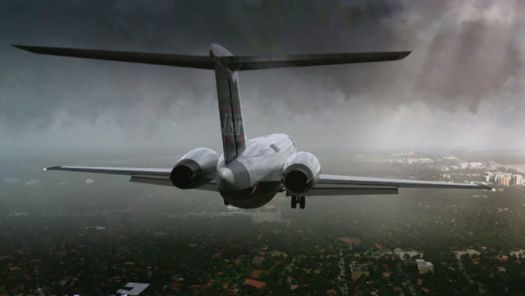
4. The PAN-PAN Code.
PAN-PAN, PAN-PAN, PAN-PAN!
The code used by Captain to call Cabin Crew to discuss the upcoming situation and to make them aware so they can handle the passengers. Basically, the radiotelephony message Pan-Pan is theinternational standard urgency signal that Pilots of aircraft uses to declare that they have a situation that is urgent, but for the time being,doesnot pose an immediate danger to anyone's life or to the vessel itself.
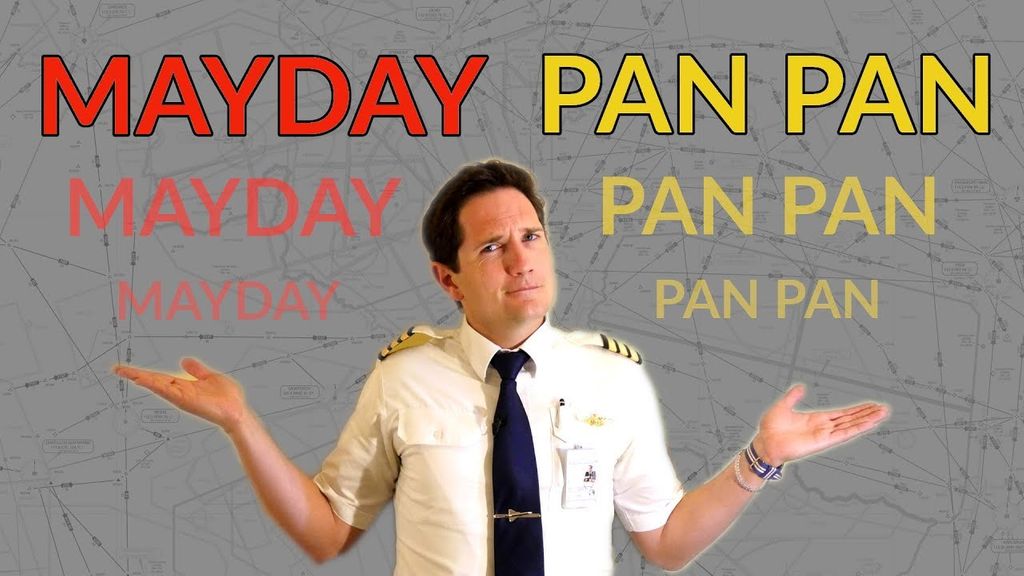
5. All-Call Code.
All-Call code is used to gather the cabin crew in the cockpit or in other areas to inform them about the emergency situation. An All-Call Code is never sent out when there is good news. Typically, an All-Call can be called by the Senior Flight Attendant in the case of possible emergency on the plane that they may notice. In the case of such matters, they typically go to meet in the very front to discuss what they can do. Most of the time, this All-Call will result in simple awareness of a problem's existence.
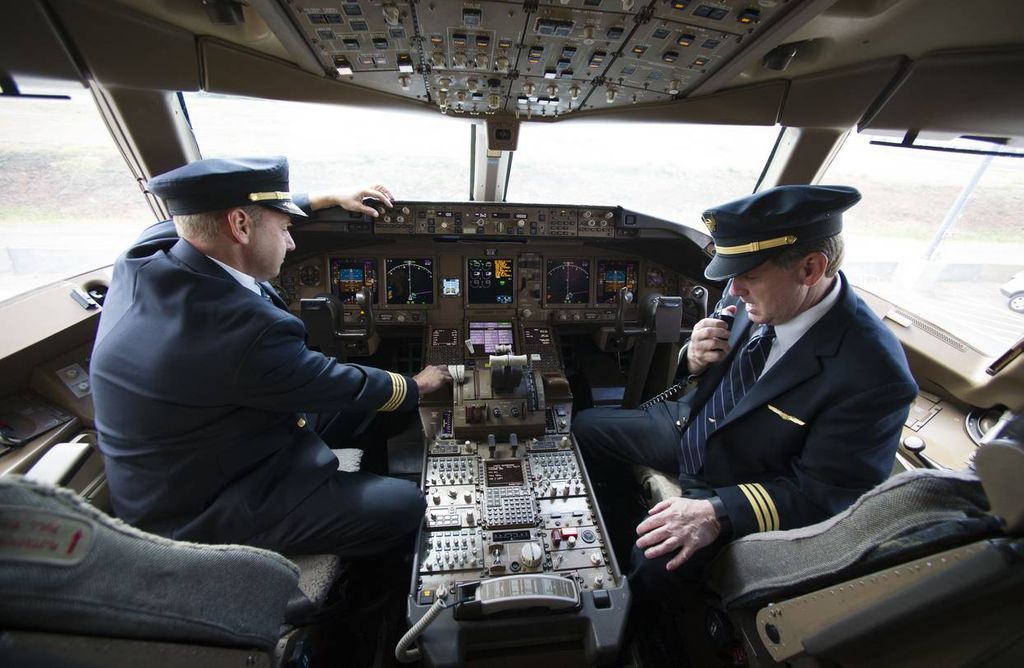
6. MAYDAY CALL.
Mayday, Mayday, Mayday; (Name of station addressed); Aircraft call sign and type; Nature of emergency; Weather; Pilot's intentions and requests; Present position and heading, or if lost then last known position and heading and time when aircraft was at that position; Altitude or Flight level; Fuel remaining in minutes; Number of souls on board; Any other useful information is conducted by Pilots through this call.
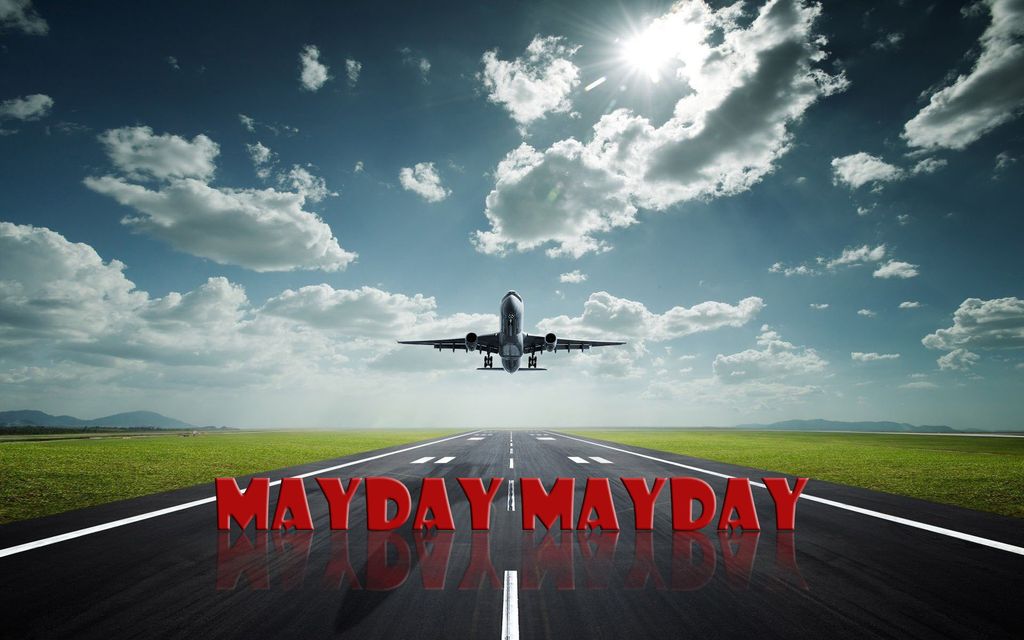
7. Last-Minute Paperwork.
There are many reasons when a flight becomes delayed and passengers become frustrated with the situation. To calm them, Pilot and Cabin Crew use last-minute paperwork as an apology.
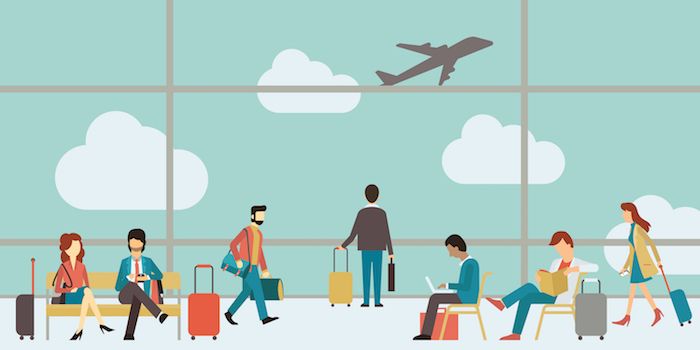
These are some of the emergency codes used by the Cabin Crew during flight.
Want to know more about the codes and phrases of the aviation staff?
Connect with us @the.man.like.manyavar on Instagram.
"HAVE A GREAT DAY AHEAD"
